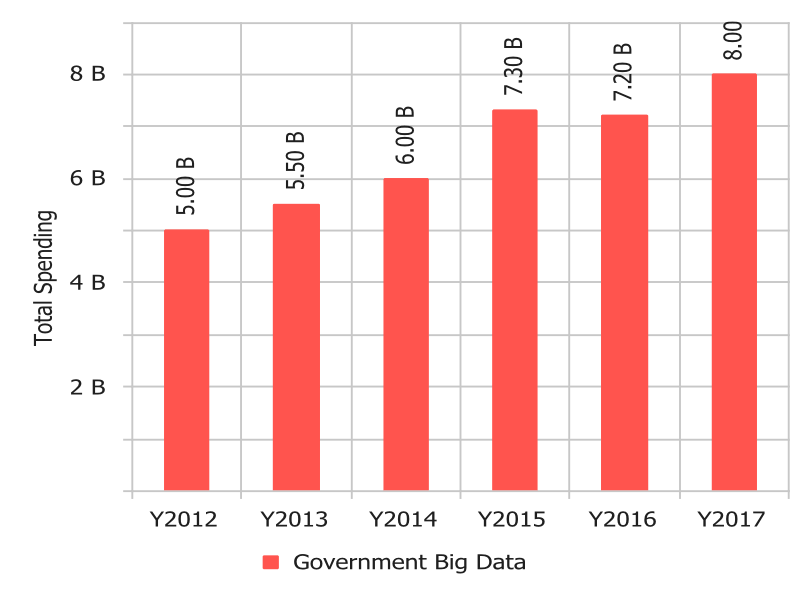In 1985, the Back to the Future science fiction-adventure film presented a far-out vision of life that includes everything from hover boards to self-tying shoes.
Over thirty years after the movie was released, it is amazing to see how accurate many of its predictions have been.
No, a DeLorean time machine hasn’t been invented yet. However, automated vehicles capable of navigating without human input are increasingly making the leap from the drawing board to the open road.
Takin’ it to the Streets: Big Data and IoT are fueling the race towards a truly driverless car.
Smart cars, wearable technology and brain-controlled/wireless video games are three examples of how something called the Internet of Things (IoT) is facilitating the creation of crazy new technologies and products.
Often referred to as the “the next Industrial Revolution”, IoT is all about creating a network of Internet-enabled objects that can transfer data back and forth so tasks can be performed without human intervention. Increasingly, IoT technologies are being developed that allow you to remotely collect information, automate and control processes, and much more.
The IoT market is rapidly maturing, from closed, propriety first-generation offerings to the application of built-in smart technologies that are making it possible to replace mundane, manually performed tasks with exciting new services.
Traffic Explosion: According to a study conducted by Cisco, there are more connected devices today than there are human beings on the planet.
Driven by consumer demand, this brave new way of doing things made headlines around the world when General Motors tweeted on January 4, 2016 that it was investing $500 million in ride-share company Lyft in a collaboration to create self-driving vehicles.
This news came as the industry was waiting for Ford and Google to announce a partnership to develop autonomous cars. By using Ford-built vehicles, Google could save billions in development costs since it would not have to design, build, test, manufacture and validate cars for safety and emissions. In turn, Ford could gain access to Google’s self-driving technology.
Initially, GM’s technology will be limited to highways. That is because there are fewer variables to content with on a long, straight, fast-moving highway than on residential streets.
While experts predict that fully autonomous driving is still years away, it could well be applied to freight haulage in the near future. With fatigue being a leading cause of trucking accidents, truck manufacturers see self-driving vehicles as a way to cut down on accidents and deaths.
In addition, Big Data analytics databases that efficiently gather, store and provide actionable insights in real time could well move up the arrival date of the world’s first truly driverless car.
Companies such as SQream Technologies are delivering platforms that can handle rapidly scaling data collected from multiple sources and sensors, with unprecedented speed.
As a result, the need to manage in a simple and standardized way the growing range of IoT-based devices that are becoming available is increasingly being addressed.
Furthermore, SQream’s GPU-based (Graphic Processing Unit) software technology makes it possible to store tons (we’re talking perabyte data volumes) of information in small, even portable, hardware. Smart cars with a GPU installed can collect millions of transactions per second, while simultaneously providing real-time analytics.
Companies like SQream are making it possible to use IoT and big data analytics for implementation of predictive maintenance and automation, revolutionizing productivity.
High volume data ingestion along with real time analytics and insights are the prime movers that are enabling the development of a completely automated vehicle.
No, fast data hasn’t yet enabled us to develop a Mr. Fusion Home Energy Reactor. Still, Doc Brown, inventor of the world’s first time machine, would undoubtedly be impressed with a technology that can merge and correlate rapidly growing data sets, allowing for instant responses to quickly shifting trends.







